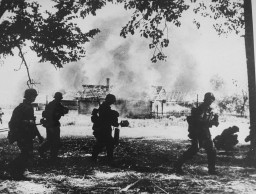You searched for: 渔夫出海项目搭建开发【TG���������@EK7676】平台包网搭建渔夫出海项目搭建开发【TG���������@EK7676】平台包网搭建6maW5f99by
<< Previous | Displaying results 221-230 of 267 for "渔夫出海项目搭建开发【TG���������@EK7676】平台包网搭建渔夫出海项目搭建开发【TG���������@EK7676】平台包网搭建6maW5f99by" | Next >>
-
Berlin-Marzahn (camp for Roma)
ArticleThe Berlin-Marzahn camp was established a few miles from Berlin's city center, for the detention of Roma, on the eve of the 1936 summer Olympics.
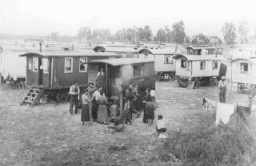
-
Nazi Party Platform
ArticleThe Nazi Party Platform was a 25-point program for the creation of a Nazi state and society. Hitler presented it at the Hofbräuhaus Beerhall in Munich in February 1920.
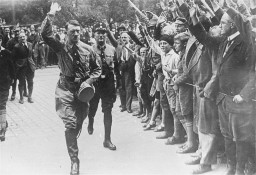
-
Esterwegen Concentration Camp
ArticleEsterwegen was part of the Nazi regime’s early system of concentration camps, created to hold people arrested as opponents of the new regime.
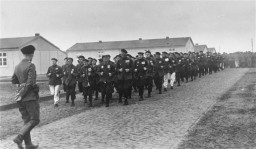
-
Invasion of the Soviet Union, June 1941
ArticleOn June 22, 1941, Nazi Germany invaded the Soviet Union. The surprise attack marked a turning point in the history of World War II and the Holocaust.

-
Polish hostages arrested during the "pacification" of Bydgoszcz
PhotoPolish hostages in the Old Market Square. Bydgoszcz, Poland, September 9–10, 1939. Just after the German invasion of Poland, armed groups of ethnic Germans in the city of Bydgoszcz staged an uprising against the local Polish garrison. This was put down by the next day, one day prior to the entrance of German troops in the city on September 5. A local command structure was quickly put into place by Major General Walter Braemer, and in response to continued attacks upon German personnel in the city,…
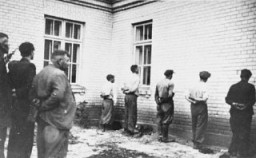
-
D-Day
Timeline EventJune 6, 1944. On this date, US, British, and Canadian troops land on the beaches of Normandy, France.
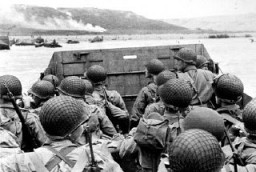
-
Nuremberg Race Laws
ArticleLearn more about the Reich Citizenship Law and the Law for the Protection of German Blood and German Honor, collectively known as the Nuremberg Race Laws.
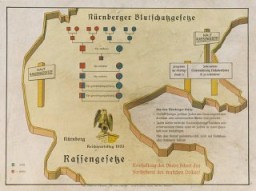
-
Invasion of Poland, Fall 1939
ArticleThe German invasion of Poland in the fall of 1939 triggered WWII. Learn more about key dates and events, causes, and related Holocaust history.
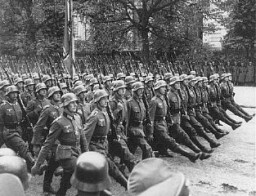
-
United States Immigration and Refugee Law, 1921–1980
ArticleUS immigration and refugee laws and policies evolved in response to World War I, the 1918 influenza pandemic, and World War II and the Holocaust. Learn more.
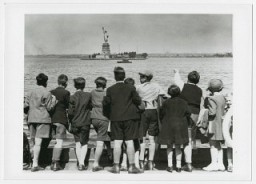
-
Timeline of the German Military and the Nazi Regime
ArticleKey dates illustrating the relationship between Germany’s professional military elite and the Nazi state, and the German military’s role in the Holocaust.
